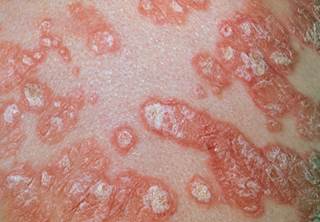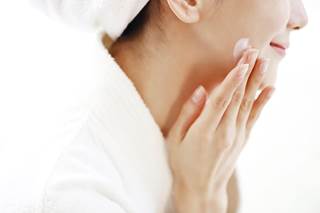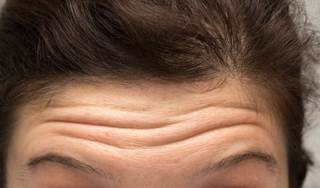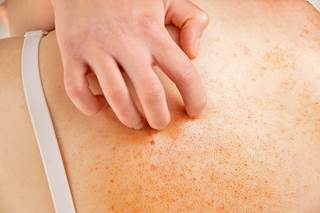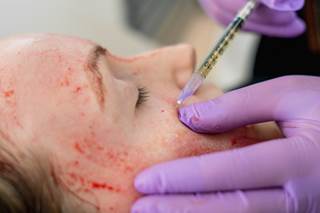
Infection was the most common adverse medical condition across the 4 cohorts.
In patients with psoriasis, the use of biologic therapies compared with conventional systemic therapies (CST)/topical therapies is associated with a similar or lower risk for developing adverse medical conditions, according to study results published in the Journal of Drugs in Dermatology.
In this retrospective cohort study, data from a large US administrative claims database were used to explore the real-world risk for development of adverse medical conditions in adult patients with psoriasis treated with CST/topical therapies vs patients treated with biologic agents. Participants were classified into cohorts based on the treatment initiated on the index date: adalimumab, etanercept, infliximab, ustekinumab, or CST/topical therapies. Incident adverse medical conditions identified while on treatment from diagnoses recorded in medical claims included infections, malignancies (skin and nonskin), respiratory disease, mental disorders, and abnormal test results.
The following assessments were made: adverse medical condition risk with adalimumab, etanercept, and ustekinumab separately vs CST/topical therapies and adverse medical condition risk with adalimumab vs other biologic agents (etanercept, infliximab, and ustekinumab combined).
A total of 42,981 patients were identified (adalimumab: n=5197; etanercept: n=3311; infliximab: n=187; ustekinumab: n=1370; CST/topical therapies: n=32,916). Across the various cohorts, 46.2% to 53.1% of the participants were women, median age was 46 to 50, and the median duration of follow-up was 3.3 to 7.9 months.
Infection was the most commonly reported adverse medical condition in all cohorts (28.7% to 41.8% of patients). Adalimumab, etanercept, and ustekinumab were all associated with a significantly lower risk for infection compared with CST/topical therapies (adjusted hazard ratio [aHR] 0.93, 0.92, and 0.86, respectively; P <.05 for all).
Moreover, treatment with adalimumab was associated with a significantly lower risk for malignancies (aHR 0.71; P <.05) and treatment with etanercept was associated with a significantly lower risk for respiratory disease (aHR 0.80; P <.05). When adalimumab was compared with other biologic agents, a similar safety profile was reported with respect to the adverse medical conditions that were evaluated.
The investigators concluded that additional studies with longer follow-up periods are warranted in order to capture the long-term effect of psoriasis therapies on an individual’s risk for adverse medical conditions.
Disclosures: Design, study conduct, and financial support for the study were provided by AbbVie; AbbVie participated in the interpretation of the data, review, and approval of the manuscript. Multiple authors disclosed affiliations with pharmaceutical companies. See the reference for complete disclosure information.
Reference
Wu JJ, Armstrong A, Singh R, et al. Adverse medical conditions across treatment options in patients with psoriasis: a claims-based analysis. J Drugs Dermatol. 2018;17(11):1211-1218.

